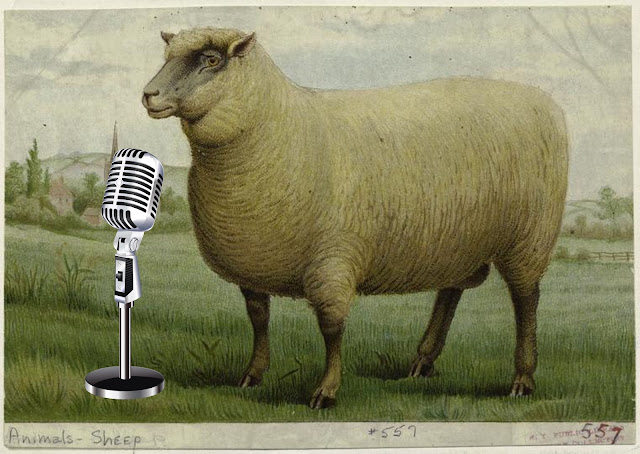Job Posting: Intangible Cultural Heritage InternThis is a position with Heritage Foundation of Newfoundland and Labrador (HFNL) Intangible Cultural Heritage Office, with a salary of $15/hour. The position will require a candidate with strong writing and speaking skills in English, with a degree in folklore, public history, anthropology, or related discipline.
Previous experience with a heritage organization is an asset, as is a keen interest in folklore and local culture. Excellent organizational skills are a must, and an interest in textile arts or fabric traditions is a bonus.
The ICH Intern will work with staff in the planning and development of programs related to the collection, conservation, transmission, and celebration of the intangible cultural heritage of the province, as well as helping to identify aspects or themes of ICH under threat.
The intern will conduct archival and historical research on the First World War knitting of socks for soldiers at the Front, and the work of the Women’s Patriotic Association, and to make that information available to the public through online collections and public presentations. The intern will also assist in the creation of workshops and after-school programs that will bring together seniors and children, to teach and share knowledge and skills around knitting.
The Intern will document and identify key participants as well as conduct oral history interviews, and help organize, plan and run events. The job will also include some blog and report writing, taking minutes of committee meetings, and assisting with intangible cultural heritage workshops. The position will end March 31st, 2016.
Application Deadline Friday, November 13th, 2015Send resume, cover letter, and list of 3 references to:
Dale Jarvis, ICH Development Officer
Heritage Foundation of NL
PO Box 5171
St. John's, NL, A1C 5V5













































